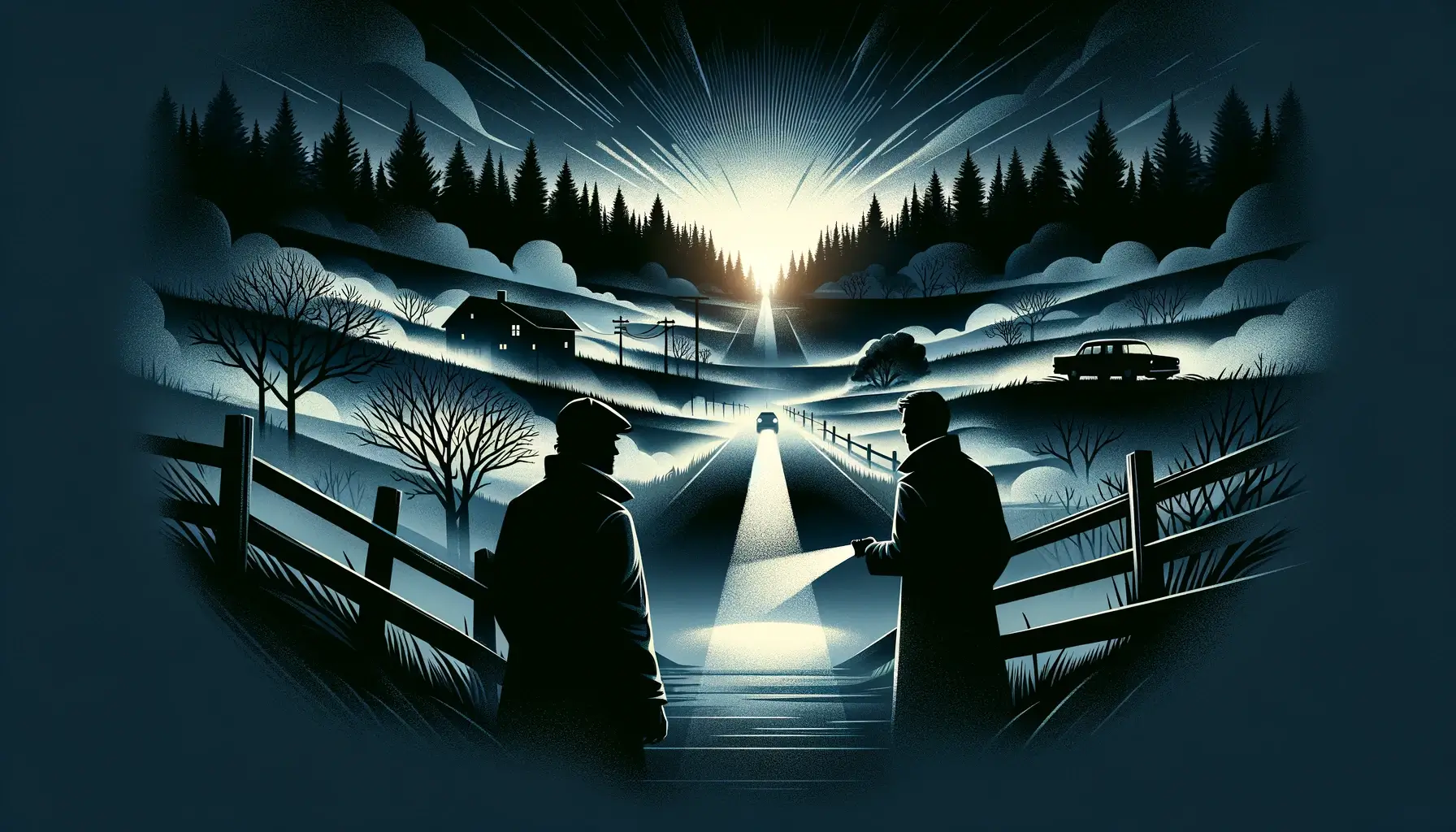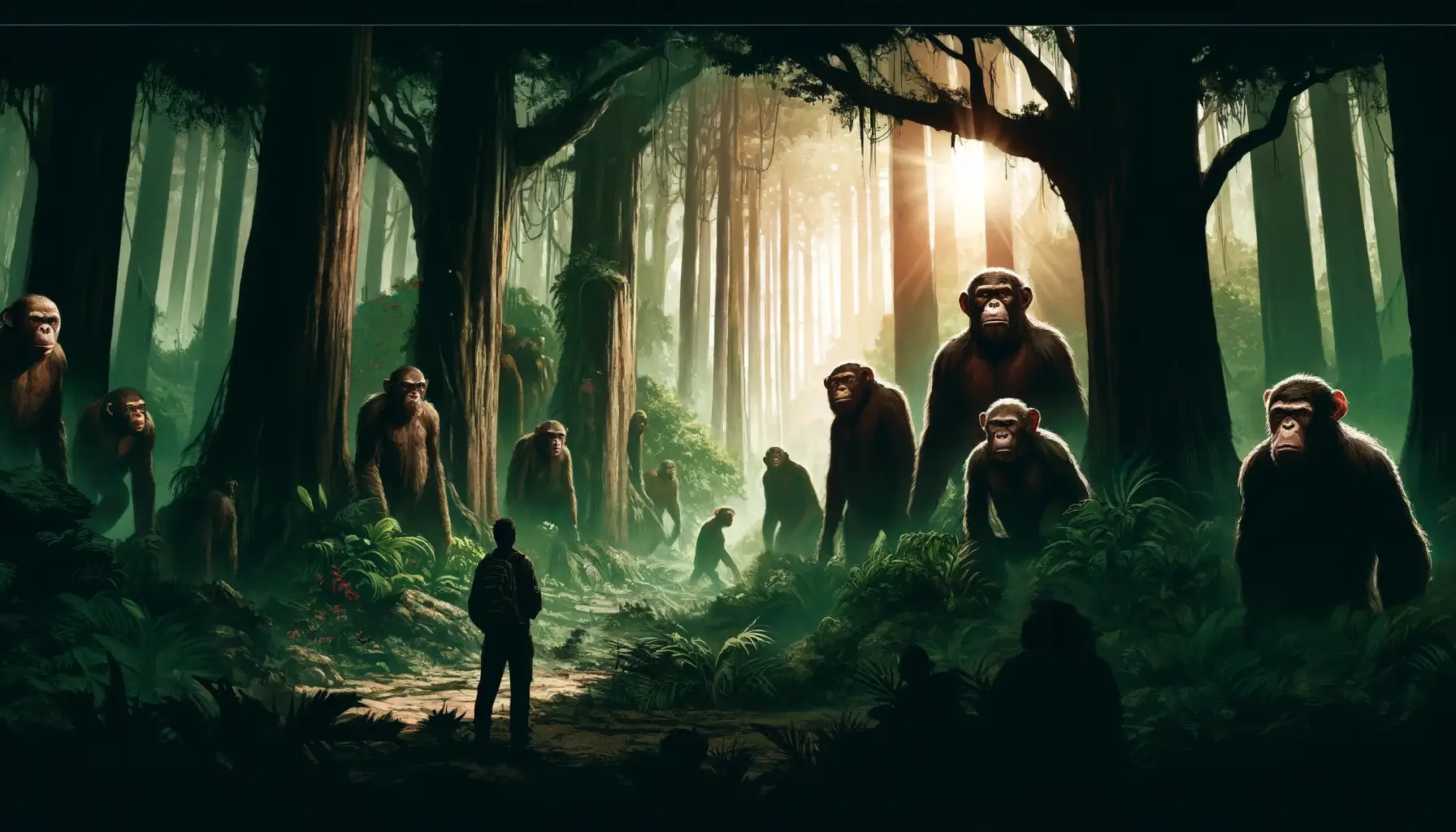“Reborn: Apocalypse” by L.M. Kerr introduces readers to a captivating and intricate world where humanity faces extinction from monstrous forces. The protagonist, Michael, finds himself reborn back in time, several years before the apocalypse begins. Armed with the knowledge of what’s to come, Michael is determined to change the future and prevent the catastrophic events leading to humanity’s downfall.
The narrative weaves together elements of LitRPG (Literature Role-Playing Game) and Wuxia (martial heroes), offering readers a unique blend of action, strategy, and character development. As Michael prepares for the impending apocalypse, he must navigate a world that increasingly resembles a game, complete with skills, levels, and quests.
In his quest to alter the future, Michael embarks on a journey of growth, facing challenges that test his resolve, intellect, and bravery. He engages in battles against formidable foes, forges alliances, and uncovers secrets of the world that could be key to salvation. The story not only focuses on Michael’s physical battles but also on his strategic planning and the emotional toll of carrying the burden of future knowledge.
Volume 1 sets the stage for an epic saga, introducing the core mechanics of the world, including the blend of reality with game-like elements, the system that governs progression, and the diverse set of characters that Michael encounters. It’s a story about second chances, the fight against destiny, and the struggle to save humanity from its darkest fate.
In Volume 2, Michael’s journey takes him through new territories, each with its own dangers and mysteries. He faces stronger enemies and more intricate puzzles, requiring him to level up his skills, knowledge, and alliances. The novel expands on the world-building introduced in Volume 1, exploring new aspects of the game-like system that governs the universe, including skills, spells, and the social dynamics within the survivor communities.
As Michael encounters new allies and foes, his understanding of the apocalypse’s true nature deepens. The plot thickens with revelations about the origins of the apocalypse, the entities behind it, and the potential for human resistance. Michael’s role as a leader and strategist becomes ever more critical as he navigates alliances, rivalries, and the politics of survival.
Volume 2 also delves into the moral and ethical dilemmas faced by Michael and his companions. The weight of making decisions with far-reaching consequences tests their resolve, loyalty, and the very essence of their humanity. The challenges are not only physical but also intellectual and emotional, pushing the characters to their limits.
Volume 3 is pivotal in setting the stage for future developments in the series, introducing new elements that hint at the broader scope of the conflict and the potential for new allies and enemies. The progression system, a hallmark of the LitRPG genre, is further explored, with Michael and his allies acquiring new skills and knowledge that promise to be crucial in their ongoing battle against the apocalyptic forces.
“Reborn: Apocalypse” Volume 4 shed light on Michael’s changes on the timeline and its effects. It also unveiled the detail nature of threat that extinguish humanity on 7th layer and also motive of the villain’s of the previous books.
World-Building and System
Kerr’s world is richly detailed, combining post-apocalyptic Earth with a game-like system that governs abilities, progression, and societal structures. This system is not just a backdrop but plays a crucial role in the plot and character development, with a well-thought-out set of rules and mechanics. The inclusion of Wuxia elements adds depth and variety to the combat and cultivation aspects, making the series a standout in the LitRPG genre.
Characters and Development
One of the series’ strengths is its diverse cast of characters, each with their own backgrounds, motivations, and growth arcs. Michael, as the protagonist, is particularly well-developed, balancing the weight of foreknowledge with the human elements of doubt, guilt, and determination. The supporting characters add richness to the story, providing different perspectives and challenges that contribute to the narrative’s depth.
Themes and Messages
The series explores themes of destiny, choice, and the impact of individual actions on a collective scale. It delves into the moral and ethical dilemmas faced by characters in a world where the line between right and wrong is often blurred by survival. Kerr doesn’t shy away from the darker aspects of humanity and society, making the series thought-provoking and relevant.
Reception and Criticism
“Reborn: Apocalypse” has been well-received by fans of the genre for its engaging story and innovative combination of genres. Readers have praised the series for its action-packed sequences, character depth, and philosophical underpinnings. However, some criticism has been directed towards occasional pacing issues and the complexity of the game-like system, which can be overwhelming for some.
Overall, the “Reborn: Apocalypse” series is a compelling read for fans of LitRPG, Wuxia, and speculative fiction. Kerr’s ability to weave together complex narratives, engaging characters, and thought-provoking themes makes this series a significant contribution to the genre.




